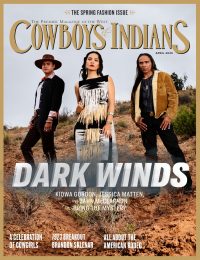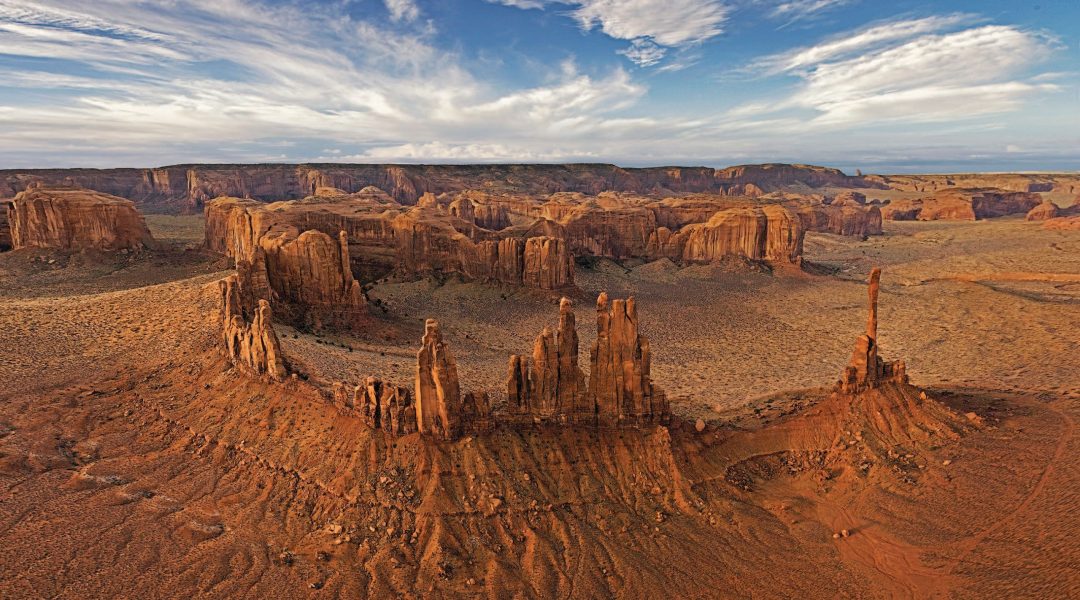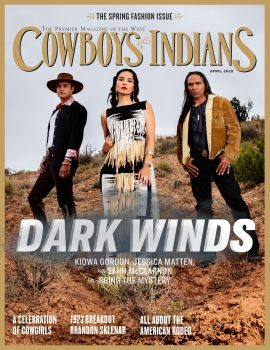No matter the route, no matter the ride, there’s never a wrong way to see the West.
As part of our Adventure Bucket List, we've put together a list of the best ways to experience the West.

Raft the Middle Fork of the Salmon
Central Idaho
As the story goes, Idaho’s yet-to-be-named-and-charted Salmon River gave Lewis and Clark serious pause in 1805 when local Indians issued the explorers a blunt caveat: If they went down this river, they would not return. Heeding the warning, the otherwise dauntless members of the Corps of Discovery expedition would seek another route on their westward push to the Pacific.
Some centuries and several bucket-list float trips later in beautiful central Idaho, the now-endearing epithet for one of the West’s most cherished river systems — coursing through the Frank Church-River of No Return Wilderness — has stuck. But, to be sure, no one’s avoiding this place anymore. Particularly along its premier recreational tributary, the Middle Fork of the Salmon River. According to the latest U.S. Department of Agriculture tally, 10,000 enthusiastic visitors are drawn to this river annually.
Described as “not so much a river as an exuberant expression of water at play” by National Geographic, which ranks it among the top five rafting destinations in the world, the Middle Fork is one of the original eight rivers designated in the National Wild & Scenic Rivers System of 1968.
Today, it remains one of the West’s wildest but accessible whitewater corridors, winding through stunning canyons to its confluence with the main Salmon River.
“It’s really the perfect river — and about as pristine as it gets,” says Bob Volpert of Idaho River Journeys, a top local outfitter that has guided rafting and fly-fishing trips down the Middle Fork since 1978.
“Throughout the entire summer you have terrific whitewater — along with hot springs and historic Native American sites along the way, a hearty population of trout, and spectacular riverside hiking in the largest roadless wilderness in the continental U.S.
“If you believe in wilderness values,” Volpert adds, “you won’t find a place that exemplifies them more than the Middle Fork.”
— Jordan Rane

Bask — and Learn — in the Lap of Luxury
Gateway Canyons Resort & Spa, Gateway, Colorado
Strung along the canyon wall over the Dolores and San Miguel rivers in western Colorado’s canyon country are the sun-bleached remains of the Hanging Flume, a water channel built from 1889 to 1891 to bring water to the hydraulic separator in a promising mine. The chute was an engineering marvel. It dropped just 90 feet over its entire 10-mile length. But the flecks of gold turned out to be too fine to sift, and the mining company recouped just a fraction of the flume’s $165,000 construction cost before shutting down the operation. Mines in the area would fare better in the years to come, when demand arose for radon, uranium, and vanadium, but today only pieces of the weather-beaten white pine flume remain.
It’s hard to appreciate the craftsmanship of the 19th-century ruins while white-knuckling a muscle car through the winding curves of State Highway 141. So if you’re a Gateway Canyons Resort & Spa guest renting, say, a Dodge Challenger from the getaway’s stable of exquisite performance vehicles, consider stopping at an overlook for a better view.
On the other hand, you could keep your foot on the gas pedal and save the sightseeing for your next excursion. At Gateway Canyons, established by Discovery Channel creator John Hendricks, the opportunities to immerse yourself in the incredible outdoors are limited only by your imagination, energy level, and budget. Helicopter tours. Jeep and Pro-Baja truck off-roading. Equestrian, ATV, and UTV exploration. Hiking, mountain biking, kayaking, and fly-fishing. Some of those may sound like the activities available at any outdoors retreat, but at this perfectionist’s heaven, each and every one is dialed up to the max. Take the chopper, for example. It’s not any old whirlybird flying you around the breathtaking sights or chauffeuring you to Powderhorn or Telluride for golf or skiing. No, you will sink into the Tempur-Pedic seat cushions of a Eurocopter AStar AS350 B3, the only helicopter that has ever touched down on the peak of Mount Everest.
“Mr. Hendricks’ attitude is, Do it right,” Rudy Sharp, Gateway Canyons’ vice-president and regional managing director, tells me during a press trip provided by the resort. “If you’re going to buy a helicopter, buy the best one.”
And if you’re going to build a resort, build the most luxurious casitas and lodges possible in one of the world’s most awe-inspiring, beautiful places. The resort rests in the confluence of five canyons at the foot of the Palisade rock formation, an eye-popping landmark that looks like an enormous rugged hill sporting a mohawk haircut towering hundreds of feet into the air. The sight of it in the salmon-colored light of sunrise, its shadow stretching across the high desert, will stun anyone into silence. At sundown, visitors can look to the west and take in the grandeur of Utah’s snowcapped La Sal Mountains as they change colors in the waning light.
It was tempting to just hike around or find a place to sit down and spend hours gawking at the panorama of gorgeous geology. I could have spent a day simply doing that, taking breaks only to enjoy lobster mac and cheese or elk chile rellenos at the Paradox Grille. But first, I had a thing or two to learn.
Guests are encouraged to come away with new knowledge or skills — or even a new outlook on life — acquired from various resort packages, including a new one called Palisade Ranch, open May 1 through the end of September, that offers a chance to ride with ranch foreman Brian Redmond and learn how to drive cattle. On a trail ride during my visit, Redmond demonstrated endless patience with a horse that wasn’t quite in the mood for his first rider of the season. (Then again maybe it was me, a less-than-confident horseman, whom Redmond was being patient with. He was kind enough to blame the animal rather than embarrass me in front of my fiancée.) Ornery equine or not, talking about literature and philosophy with the laconic cowboy poet as our mounts clambered up the dusty trail under a postcard-blue sky was a highlight of the trip.
These edu-taining packages are in keeping with the resort’s purpose: to provide more than just a relaxing visit. Managing director Sharp says he would be disappointed if guests didn’t learn something or expand their worldview in some way during a stay. He hastens to add that he doesn’t want the trip to feel like a classroom lecture but rather like a curiosity-sparking adventure. To that end, Gateway Canyons employs a “curator of curiosity,” Zebulon Miracle, a man with a job as uncommon as his name. Miracle, an experienced guide with degrees in history and anthropology from the University of Colorado Boulder, leads “Talks, Walks & Rocks” tours that bring the natural and manmade wonders of the area to life. There’s also the Auto Museum, where you can peruse more than a century of cars, including a 1906 Cadillac Model H Coupe and a one-of-a-kind $3.25 million 1954 Oldsmobile F-88 concept car.
If those aren’t enough to satiate your inquisitive mind, the resort offers Curiosity Retreats, which Sharp describes as “TED Talks on steroids.” No two programs are the same, but depending on the lineup, you might have the opportunity to interact in a small group with nanotechnology pioneer K. Eric Drexler, iconic New Age author Deepak Chopra, or Vint Cerf, one of the “Fathers of the Internet,” in between wine tastings, archery, and music performances.
Gold may be what brought fortune seekers to this incredible corner of Colorado at the end of the 1800s, but today the spectacular vistas — and lessons learned — are priceless.
— Jesse Hughey
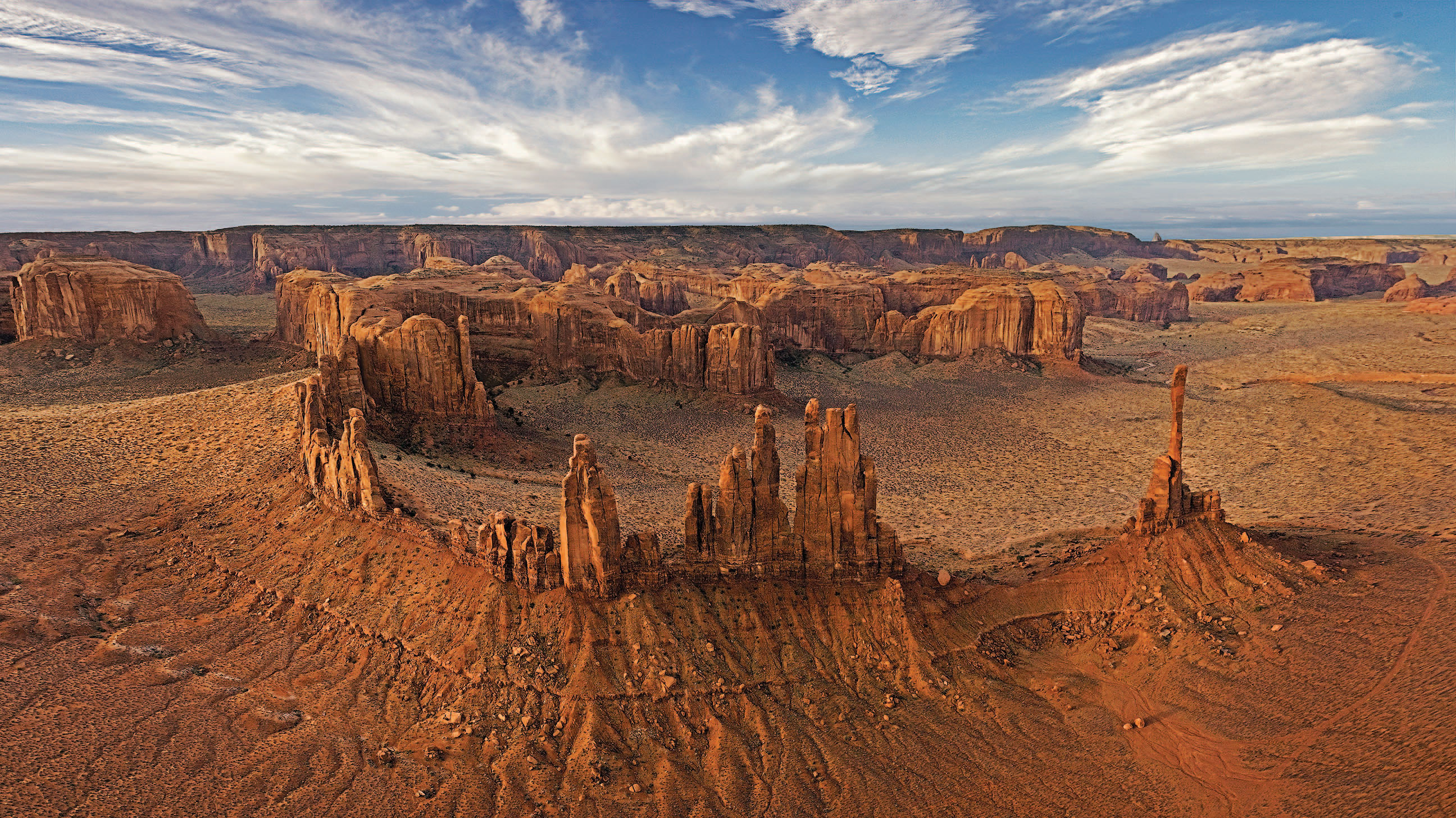
Jeep Into the Real Monument Valley
Monument Valley Navajo Tribal Park, Utah-Arizona Border
“So this is where God put the West,” John Wayne was said to have pronounced when setting eyes on Monument Valley for the first time.
It all came out of an unlikely location scouting report in the 1930s. Local valley rancher and trader Harry Goulding went to Hollywood and pitched film director John Ford on the perfect western set: a remote patch of Navajo land straddling the far side of the Arizona-Utah border — where a little movie called Stagecoach would then be shot. Over the next 25 years, Ford would return to Monument Valley for six more films, making it the iconic western movie setting of all time, and calling it “the most complete, beautiful, and peaceful place on earth.”
Today, Monument Valley (Navajo name: Tse’Bii’Ndzisgaii — “Clearing Among the Rock”) remains one of the most distinctly recognizable places on earth to generations of audiences, many of whom have never gotten closer to it than a screen. Its vast, glowing plateau of lone buttes and spires have in “five square miles,” as film critic Keith Phipps puts it, “defined what decades of moviegoers think of when they imagine the American West.”
Beholding this famed 91,696-acre Navajo Tribal Park unfiltered in person soars beyond the imagination and even all of those classic films. A good start when you’re here: Take the park’s 17-mile scenic drive that rolls past the Mittens and other celebrity buttes, and then peruse old cultural and Hollywood artifacts at Goulding’s Trading Post Museum. Signing up with a knowledgeable Navajo guide, however, will take you even further.
Only authorized Navajo guides can take visitors off the park’s well-beaten path and into Monument Valley’s haunting backcountry — by Jeep, van, or (our choice) horseback. Trips range from two- to three-hour tours of the valley’s hidden arches, spires, natural amphitheaters, and petroglyphs to daylong trail rides with sunrise/sunset photo ops and overnights in a Navajo hogan dwelling. Surely The Duke would approve.
— J.R.

Snorkel With Schools of Salmon
Campbell River, Vancouver Island, British Columbia
Tropical fish, colorful coral, and warm turquoise water have their rightful place in the world, but there’s a certain remarkable, oft-overlooked, cold-river-borne creature out West that deserves a closer look with mask, snorkel, and full wetsuit.
Salmon.
You’ve heard about this fish, right? But did you know that hordes of them, probably as you read this, are barreling up the Georgia Strait after years of trans-Pacific migration? And that you can snorkel with them on Vancouver Island’s Campbell River (aka “The Salmon Capital of the World”), where half a million salmon complete their incredible journey to spawn and demo one of nature’s most extraordinary life cycles?
“It’s a mesmerizing experience — floating into a virtual wall of thousands of pink salmon zipping all around you,” says Jamie Turko, owner of Destiny River Adventures, a rafting company on the island’s central east coast that runs several river journeys, including a one-of-a-kind snorkel trip during the heart of the salmon run. “It’s one thing to see these fish in a hatchery,” Turko says, “but floating in a back eddy and coming head-to-head with a 40-pound Chinook ... . If that doesn’t get you screaming with excitement through your snorkel, nothing will.”
Destiny River’s three-hour salmon trips run twice daily from mid-July through late September, covering four kilometers of fish-infested river. Passengers learn all about fish ecology from expert rafting guides, before heading downriver into salmon traffic—and at choice spots slipping in for extreme close-ups during an easy float to the Campbell River estuary.
— J.R.

Equitrek Around the World
On the six habitable continents
“The best views are between my horse’s ears,” a friend once told me. Indeed. If you’ve ever experienced travel by horseback, you know the thrill of seeing the world from the saddle. Without a doubt, some of the planet’s most dramatic trail-ride scenery can be found here in North America — white glaciers and purple mountains, red-rock canyons and cactus-strewn deserts. You could ride your entire life and not exhaust the possibilities. But why not go for the globe?
- Sierra Nevada, California
The John Muir Trail ride takes you on the most spectacular 210 miles of the famous Pacific Crest Trail through some of the finest mountain scenery and mildest mountain weather. (28 days entire, or done in parts) - Ride Through History
You can re-enact a Jesse James train robbery with a real 1880s steam locomotive at your outlaw pleasure in Colorado’s scenic San Juan Mountains or relive Wyatt Earp’s vendetta ride in Tombstone, Arizona. (5 days) - Banff National Park, Alberta, Canada
Relive The Revenant — the beautiful scenery, not the gore — as you ride your horse through thick forest, deep into the
glaciated wilderness of Canada. (7 days) - Morocco, Africa
Enter the world of 1,001 Arabian nights as you gallop across the Sahara on strong Barb-Arabian stallions. (6 days) - Kenya, Africa
Discover the untamed animal kingdom during this wildlife safari trek across the vast savanna of East Africa. (8 days) - Dordogne, France
On this trek you ride from one castle to the next, through a medieval dream of ripe orchards and historic châteaux. (8 days) - Mongolia, Asia
Crossing the Gobi Steppe grassland, you’ll take part in the authentic lifestyle both of the people and of the traditional Mongolian horses you ride. (12 days) - Uruguay, South America
Spirited gallops on Criollo breeds take you from sandy beaches to grassland prairies, from palm groves to wetlands, in what has to be one of the world’s most diverse rides. (8 days) - Peru, South America
Follow the old Inca Trail on a Criollo or a famous Peruvian Paso to Machu Picchu, one of the greatest wonders of the world. (8 days) - Snowy Mountains, Australia
Ride The Man From Snowy River country and encounter kangaroos, wombats, emus, wallabies, and herds of brumbies (Australian wild horses). (7 days)
— Ivana Crone
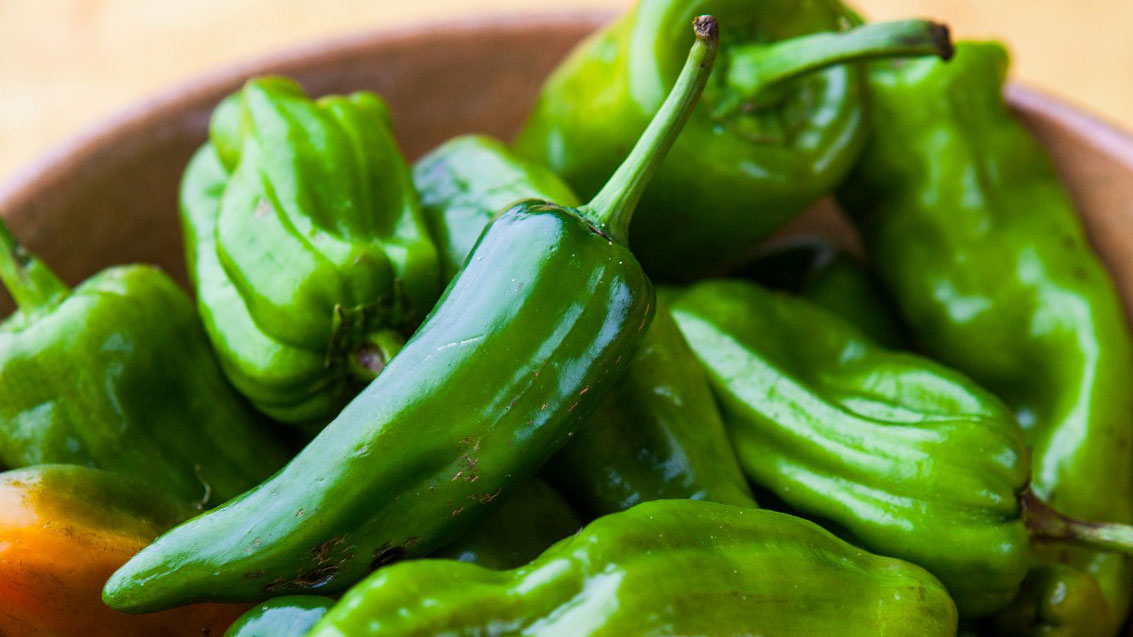
Hit the Green Chile Cheeseburger Trail
Across New Mexico
I am blocks away from the Santa Fe Farmers Market in the city’s revamped Railyard Arts District, but already the aroma of fruity heat tickles my nose. As I approach, it intensifies until I get too close to the source — a hand-cranked perforated steel barrel roaster ablaze with blistering green chiles tumbling inside. Their sharp spice shoots straight for my eyes and lungs. I cough and back away from the contraption until the airborne licks of capsaicin — the compound that gives chiles their fierce, compelling kick — are out of range.
If adobe is New Mexico’s foundation, the green chile is its heart. “I think of it as the essence of my adopted state,” says longtime New Mexico resident Cheryl Alters Jamison, the James Beard Award-winning co-author of The Rancho de Chimayó Cookbook: The Traditional Cooking of New Mexico and creator of the “Green Chile Cheeseburger Trail” for the New Mexico Tourism Department. “The green chile is something powerfully delicious and found very few other places. It offers a shared indulgence and a sense of pride.”
I understand this after chomping down on yet another green chile cheeseburger, one of the favored ways of presenting the feisty thick-fleshed pods. The contender on my plate is the signature burger at Santa Fe’s Cowgirl BBQ: the Mother of all Green Chile Cheeseburgers. It’s a formidable order with green chiles used from top to bottom, beginning with the green chile-cheddar bun. Between the bread is a beef-bison patty mixed with bacon. Tangy melted brie pouring over the sides of the meat, more chopped green chiles soaked in white truffle oil, and a single tomato slice top the order. A couple of bites and I’m reflexively stomping my leg and catching my breath, until the only word I can utter is “Wow.”
Farther south, at the Buckhorn Tavern in San Antonio, third-generation owner Robert Olguin’s burger — a strata of beef, green chiles, onions, pickles, and cheese resting on a bed of lettuce and tomato and finished with a slather of mustard — has received special recognition from the state legislature. At Sparky’s BBQ, Burgers and Espresso in Hatch, things are kept simple but punchy with American cheese and a hearty smear of the smoky green stuff.
But there’s more to the green chile than a tasty burger. Ask Southwestern cuisine pioneer and native New Mexican John Rivera Sedlar. For Sedlar, it’s as much about identity as what’s on the menu — there’s essentially no separation between a New Mexican and the state’s signature sandwich.
“It’s part of who we are,” he says. “It was our go-to comfort food as children, and as adults, when you get off a plane, it’s the first thing you eat upon your return.”
While Sedlar is certainly content to enjoy a homey burger, and offers one on his menu at his modern Southwestern cuisine restaurant Eloisa, he’s also interested in applications beyond the beef patty, inspired by an ingredient whose characteristics mirror the climate and people of his home state: “It’s bracing and hot and full-flavored and surprising.”
Next on my green chile cheeseburger bucket list is the Owl Bar & Cafe in San Antonio. According to owner Janice Argabright, the restaurant’s version was born in 1948 when scientists working in labs at White Sands came in for lunch, but the kitchen was running out of clean plates. Instead of washing extra dishes and serving green chiles as the customary side, Argabright’s grandfather served the chiles on the cheeseburger. Thus, the Atomic Age introduced the world to a scorching icon of Western eats.
— José R. Ralat
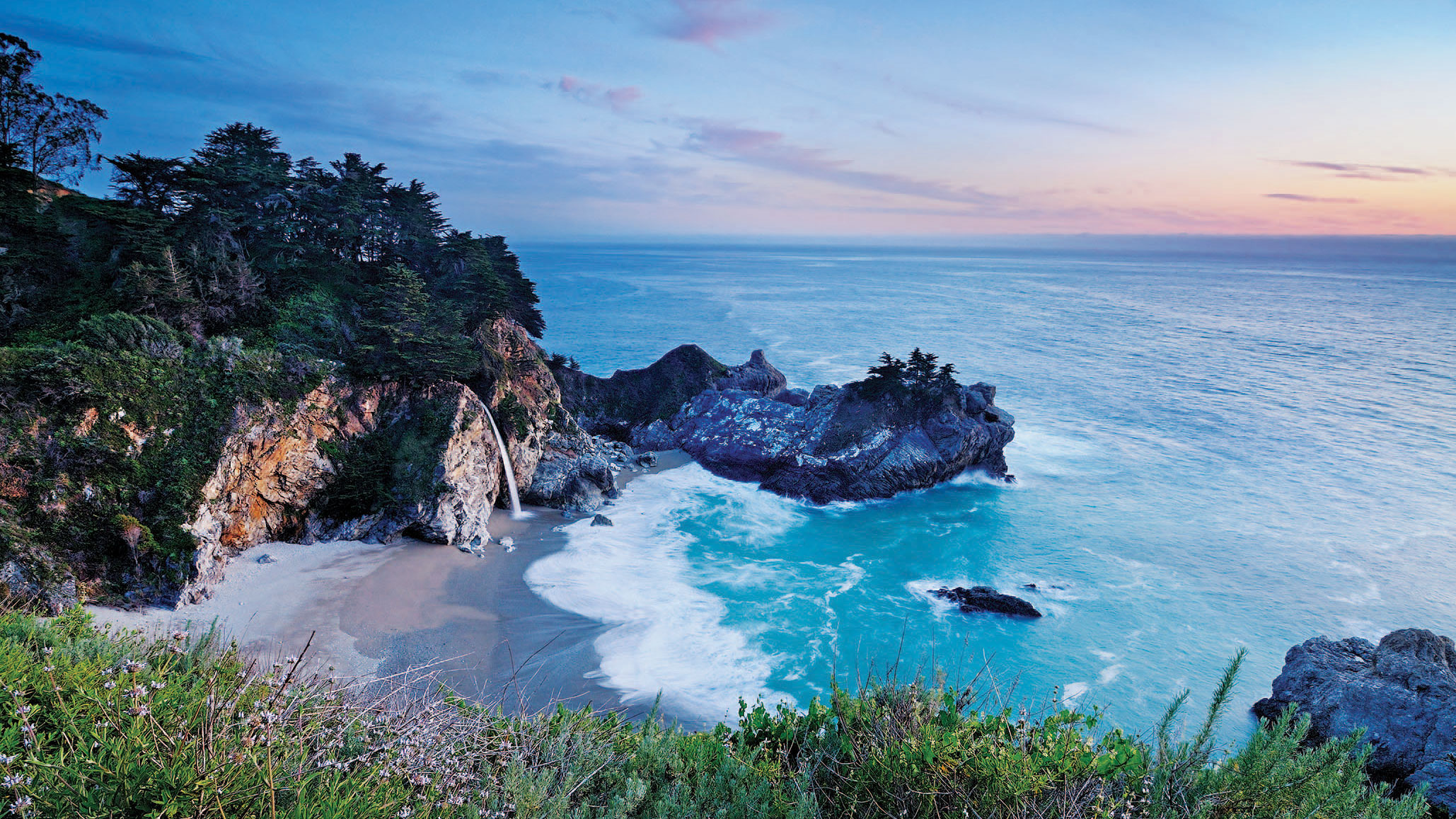
RV the Cal-Coast
Big Sur, Pacific Coast Highway, California
California’s showpiece stretch of coast, Big Sur, winds for about 90 gorgeous miles between San Simeon and Carmel-by-the-Sea along the Pacific Coast Highway — summoning waves of joy, awe, and palm sweat all in one movable sitting. Most drivers inexplicably speed through it all in a single day. Whether it’s all the hairpin turns, “Rock Slide Area” signs, or that approaching wall of fog wafting in from the Pacific, something about this dramatic American National Scenic Byway seems to whisper, “Enjoy, but keep moving.”
Not in an RV.
Renting a cozy midsized motor home on one of the most scenic roads in the West gives you license to rise above the usual Big Sur dash, experience central California’s spectacular edge at your own pace — and, best of all, make good use of several RV-friendly campgrounds hiding along Big Sur without having to pitch a tent and rough it.
Explore Sand Dollar Beach. Take a hike into the hills of the neighboring Ventana Wilderness. Lounge on the ocean-facing terrace of Big Sur’s storied cliffside restaurant, Nepenthe, with an Ambrosiaburger and sweeping views of the coast. Then pull into Pfeiffer Big Sur State Park in a grove of towering redwood trees and you’re home for the night. Slowing down here — with a front-row bed in Big Sur’s great outdoors — makes all the difference.
— J.R.
See the rest of our 2016 Adventure Bucket List.
From the May/June 2016 issue.



